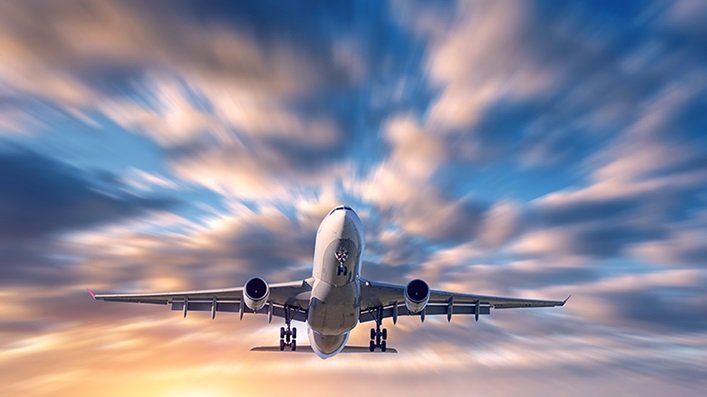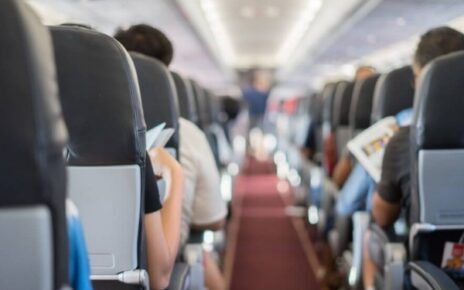To ensure that aviation can sustainably deliver its social and economic benefits as it meets this long-term demand, it is critical that governments step-up their support for more efficient operations and foster an effective energy transition.
- In 2021 global passenger numbers are expected to recover to 52% of pre-COVID-19 levels
- In 2023 global passenger numbers are expected to surpass pre-COVID-19 levels
- By 2030 global passenger numbers are expected to have grown to 5.6 billion
The International Air Transport Association (IATA) and Tourism Economics released a long-term view for post-COVID-19 passenger demand recovery which demonstrates that people remain eager to travel in the short and long-term. To ensure that aviation can sustainably deliver its social and economic benefits as it meets this long-term demand, it is critical that governments step-up their support for more efficient operations and foster an effective energy transition.
Forecast highlights include
- In 2021 global passenger numbers are expected to recover to 52% of pre-COVID-19 levels (2019)
- In 2022 global passenger numbers are expected to recover to 88% of pre-COVID-19 levels
- In 2023 global passenger numbers are expected to surpass pre-COVID-19 levels (105%)
- By 2030 global passenger numbers are expected to have grown to 5.6 billion. That would be 7% below the pre-COVID-19 forecast and an estimated loss of 2-3 years of growth due to COVID-19
- Beyond 2030 air travel is expected to slow, due to weaker demographics and a baseline assumption of limited market liberalization, giving average annual growth between 2019 and 2039 of 3.2%. IATA’s pre-COVID-19 growth forecast for this period was 3.8%
The recovery in passenger numbers is slightly stronger than the recovery in demand measured in revenue passenger kilometers (RPKs), which is expected to grow by an annual average of 3% between 2019 and 2039. This is owing to the expected strength of domestic markets like China with large passenger numbers and shorter distances.
“I am always optimistic about aviation. We are in the deepest and gravest crisis in our history. But the rapidly growing vaccinated population and advancements in testing will return the freedom to fly in the months ahead. And when that happens, people are going to want to travel. The immediate challenge is to reopen borders, eliminate quarantine measures and digitally manage vaccination/testing certificates. At the same time, we must assure the world that aviation’s long-term growth prospects are supported with an unwavering commitment to sustainability. Both challenges require governments and industry to work in partnership. Aviation is ready. But I don’t see governments moving fast enough,” said Willie Walsh, IATA’s Director General.




